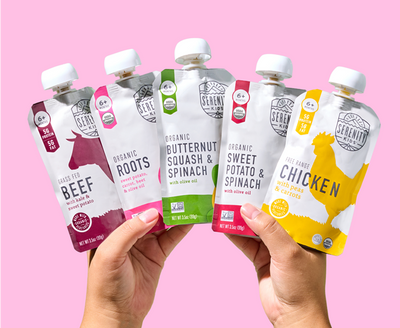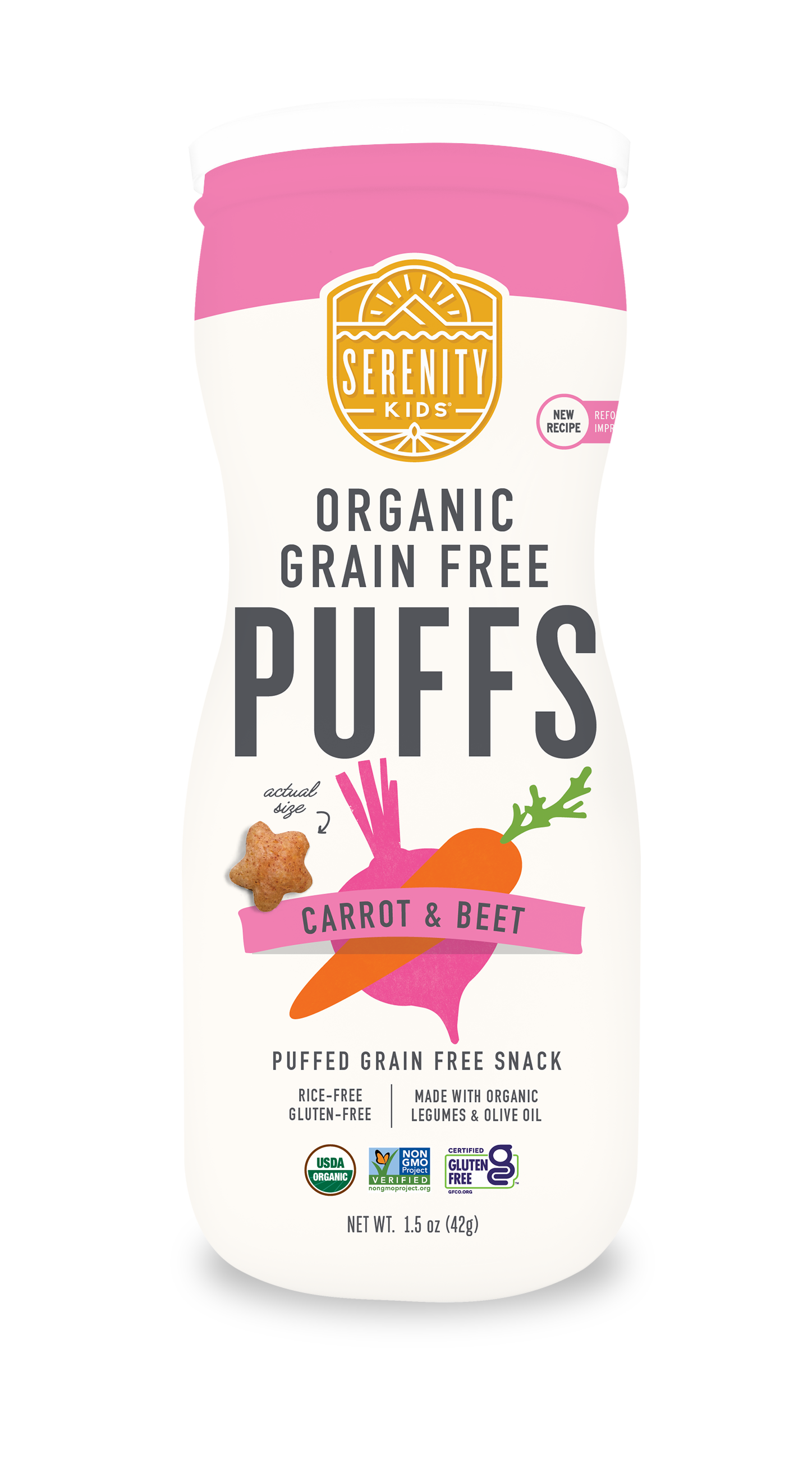By: Katie Forrest
I know the thought of giving your child beef liver or bison heart might sound weird at first, but I bet you have no problem giving them cookies every once in a while—and that cookie isn’t doing anyone any favors, nutrient-wise. I’ve always found it strange that we don’t hesitate to feed ourselves or our families plenty of desserts, grains, and other toxic or nutrient-deficient foods but we balk at the idea of feeding them organs, some of the most nutritious foods on the planet.
Nature’s Multivitamin
Organ meats, or offal, are more nutrient dense than just about any other human food. We focus so much on telling our kids to eat their veggies, but vegetables have nothing on organ meats. For example, half a pound of raw broccoli has 31% of the daily recommended value of vitamin B6, while half a pound of kidney has 69%. Just a quarter pound of kidney fulfills the daily recommended amounts of vitamins B1, B2, B6, and B12, as well as copper, niacin (a form of vitamin B3), folate, biotin, iron, and selenium. And the nutrients in organ meats (and all meat) are more bioavailable than in vegetables.
But when it comes to gram-for-gram nutrient value, nothing beats liver. Liver contains more B12 (one of the most essential vitamins, and the one most lacking in those on vegan and vegetarian diets) than any other food source: 3x as much as kidney and 17x the amount found in ground beef. In addition, liver is chock-full of vitamin A, an essential vitamin in which most of the general population is deficient. You’ve probably been told that you should eat carrots for their retinol and beta-carotene, both of which the body converts to vitamin A, but half a cup of raw carrots contains only 10,692 IU of retinol and .534 milligrams of beta-carotene. A single gram of beef liver, on the other hand, contains 53,000 IU of vitamin A. Red muscle meat, by the way, offers just 40 IU per gram.
Perhaps the best thing about all this nutrient density is that it often comes at significantly cheaper cost than muscle meats. A visit to your local butcher might get you grass-fed ribeye at $20 per pound, but the same amount of organ meat can often be had for less than five bucks. That’s the same price as a pound of certain vegetables, but with far more nutrients per serving.
But How?
That’s a fair question.
I’ll admit that getting your kid to eat a serving of heart or beef liver might not be an easy task. At least not at first, but I assure you it’s worth it. And there are several things you can do to make the job much easier:
- Set the example. The number one reason your kid isn’t going to like organ meats is because you don’t like organ meats. Eating organs used to be far more common than it is now, among adults and kids alike, and many modern hunter-gatherer cultures, like the Massai in Kenya and Tanzania, still prioritize organ meats over other parts of the animal, especially for their young males and pregnant women. If your kids see you eating, and enjoying, organs, they’re more likely to eat and enjoy them too. Get your kids involved in the kitchen. Studies show that kids are significantly more likely to choose healthier foods when they help prepare the meal. You’ve probably tried these strategies with vegetables, so why not try it with something even more nutritious. It’ll be good for you both.
- Don’t tell them what it is at first. Contrary to popular belief, young children actually do have adventurous palettes, especially when they’re just starting to eat solid food. In fact, many proponents of baby-led weaning—that is, letting your child feed themself from the beginning of the weaning period—have noted that the process is easiest when giving children small pieces of meat, because they enjoy it and their body craves the nutrients. So give your child heart or liver like it’s any other kind meat, and they might surprise you by how much they like it! I especially recommend starting with heart, since it’s the closest in taste and texture to regular muscle meat (the heart is a muscle, after all).
- Combine it with other foods. It’s possible that your child, or you, for that matter, just won’t like the taste of organ meat. And even if you do, you probably won’t want to eat it on its own all the time. Fortunately, it’s incredibly easy to hide organ meats in other foods. You can make a carrot-liver-and-sweet-potato puree, for example. Liver pâté is especially delicious as well. But probably my favorite way to eat organs are by hiding them in burgers, spaghetti, meatloaf, or other dishes that use ground beef. Force of Nature offers a Beef Ancestral Blend and a Bison Ancestral Blend that combines regenerative grass-fed ground beef or bison with both liver and heart for a delicious, nutritious replacement for regular ground meat—with a very similar taste and texture.
However you go about it, your entire family will benefit from incorporating organ meats into their diet. Have you ever had to work insanely hard to persuade (ie: beg, barter or threaten) your child to eat their broccoli? Turns out, you probably wasted a lot of time, and your kid’s instincts may have been spot-on. Next time, give them some liver or heart instead.
Force of Nature Ancestral Pate
1 package of Force of Nature Beef or Bison Ancestral Blend.
6 tablespoons grass-fed butter divided
1 clove garlic minced
1/2 teaspoon fresh or 1 teaspoon dried thyme
1 teaspoon salt or to taste
1/2 teaspoon ground black pepper
2 tablespoons heavy whipping cream
- Melt 3 tablespoons of the butter in a skillet. Add garlic and cook on medium-high until translucent, 3-4 minutes.
- Add the meat to the pan. Sprinkle with thyme, salt, and pepper. Sautee for 2 minutes until the meat turns brown. Remove from heat and let cool.
- Transfer to a food processor or blender and puree until smooth. While the blade is running, add the remaining butter and cream.
- Once mixture is completely smooth, remove from blender and put in ramekins or a glass jar and cover tightly. Chill in the fridge for at least 5-6 hours or overnight (preferred) to harden and let flavors meld.
- Serve with cut vegetables and/or chopped bacon.
 Katie Forrest is an advisor and cofounder of Force of Nature, a regeneratively sourced company with the mission to reclaim the legacy of meat. Prior to Force of Nature, Katie and her husband Taylor Collins Co-founded EPIC Provisions, a category creating company that pioneered the first 100% grass fed meat, fruit, and nut bar. The couple sold the business to General Mills in 2016 and have been active in helping to grow regenerative supply chains at the new parent company. In 2017, Taylor and Katie founded Roam Ranch, a holistically-managed multispecies regenerative ranch in Fredericksburg, Texas. The ranch is now one of the largest grass-fed bison operations in the central Texas and serves as an educational facility to teach land managers and consumers the principles of regenerative agriculture. In 2019, Katie, Taylor helped their friend Robby Sansom to create a new consumer packaged goods brand, Force of Nature, and continue to focus their energy on building supply chains of grass fed and regeneratively managed livestock. When not building brands focused on global regenerative supply chains, Katie can be found spending time at ROAM Ranch, exploring, exercising, and adventuring with their 3-year-old daughter, Scout.
Katie Forrest is an advisor and cofounder of Force of Nature, a regeneratively sourced company with the mission to reclaim the legacy of meat. Prior to Force of Nature, Katie and her husband Taylor Collins Co-founded EPIC Provisions, a category creating company that pioneered the first 100% grass fed meat, fruit, and nut bar. The couple sold the business to General Mills in 2016 and have been active in helping to grow regenerative supply chains at the new parent company. In 2017, Taylor and Katie founded Roam Ranch, a holistically-managed multispecies regenerative ranch in Fredericksburg, Texas. The ranch is now one of the largest grass-fed bison operations in the central Texas and serves as an educational facility to teach land managers and consumers the principles of regenerative agriculture. In 2019, Katie, Taylor helped their friend Robby Sansom to create a new consumer packaged goods brand, Force of Nature, and continue to focus their energy on building supply chains of grass fed and regeneratively managed livestock. When not building brands focused on global regenerative supply chains, Katie can be found spending time at ROAM Ranch, exploring, exercising, and adventuring with their 3-year-old daughter, Scout.















































